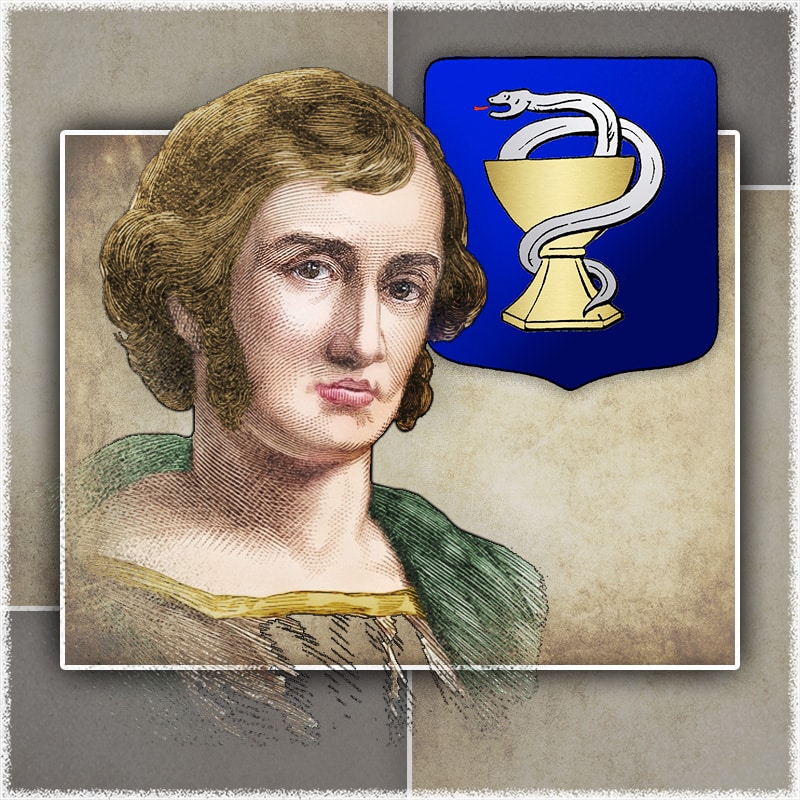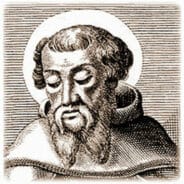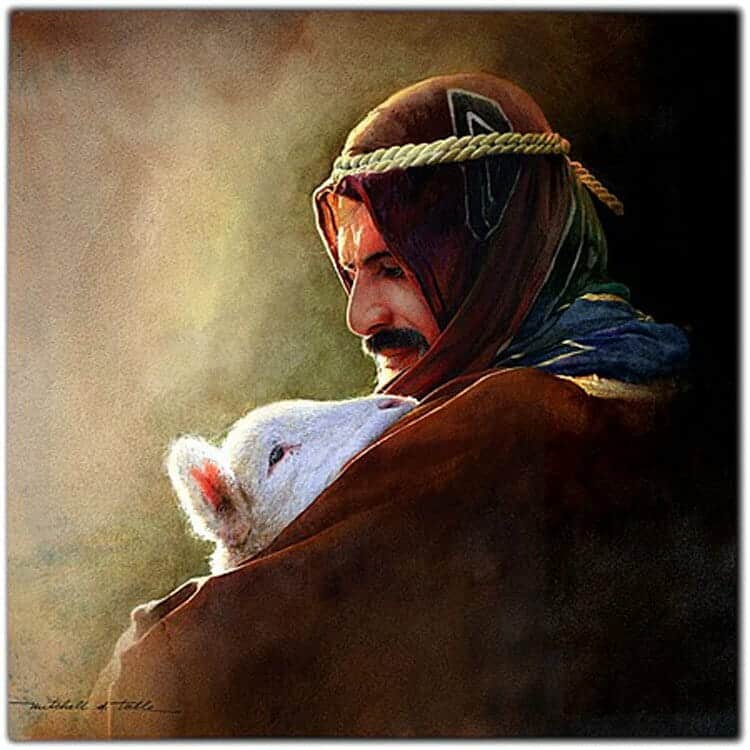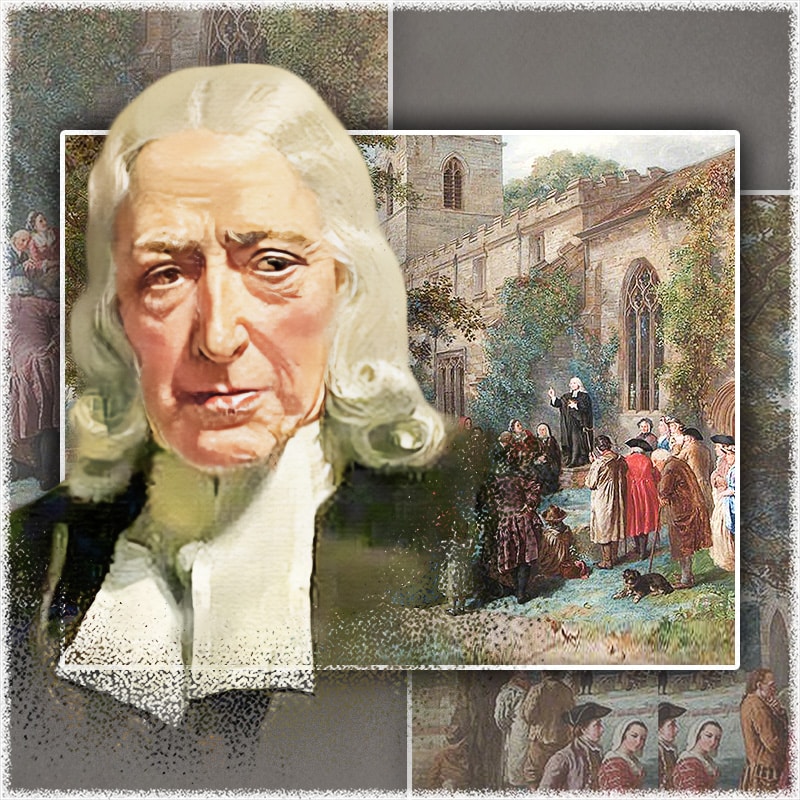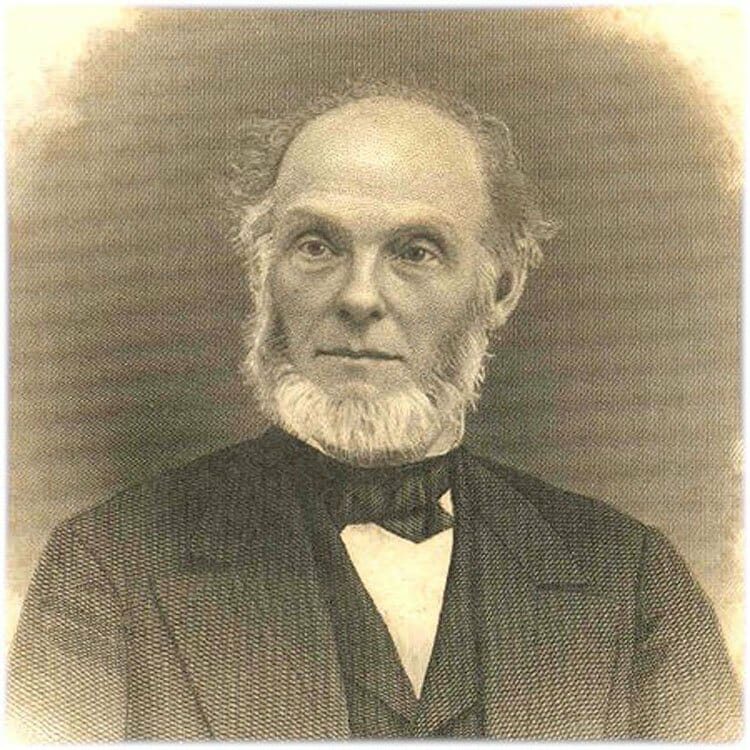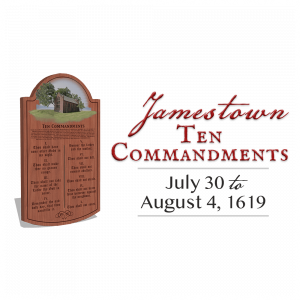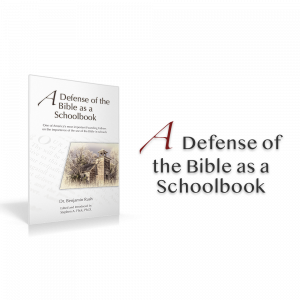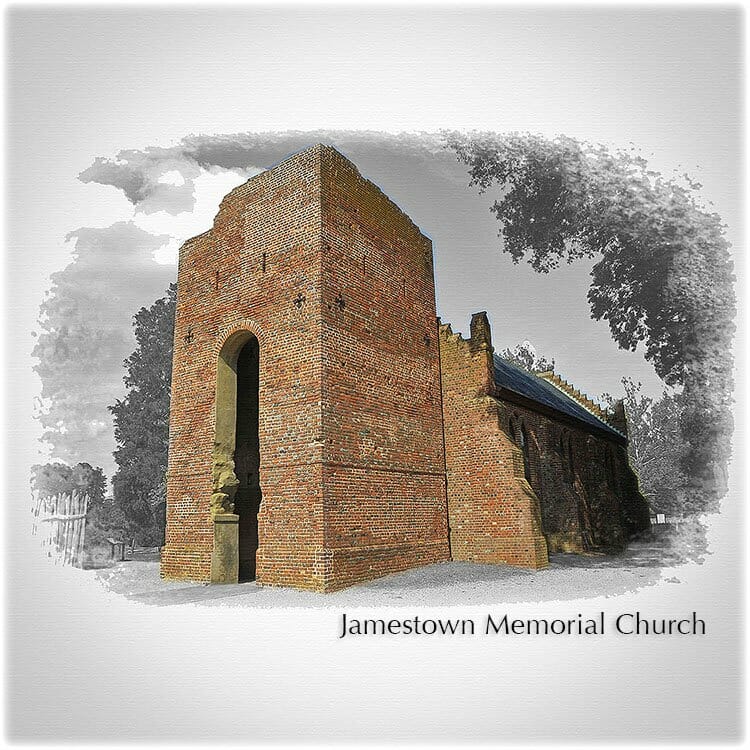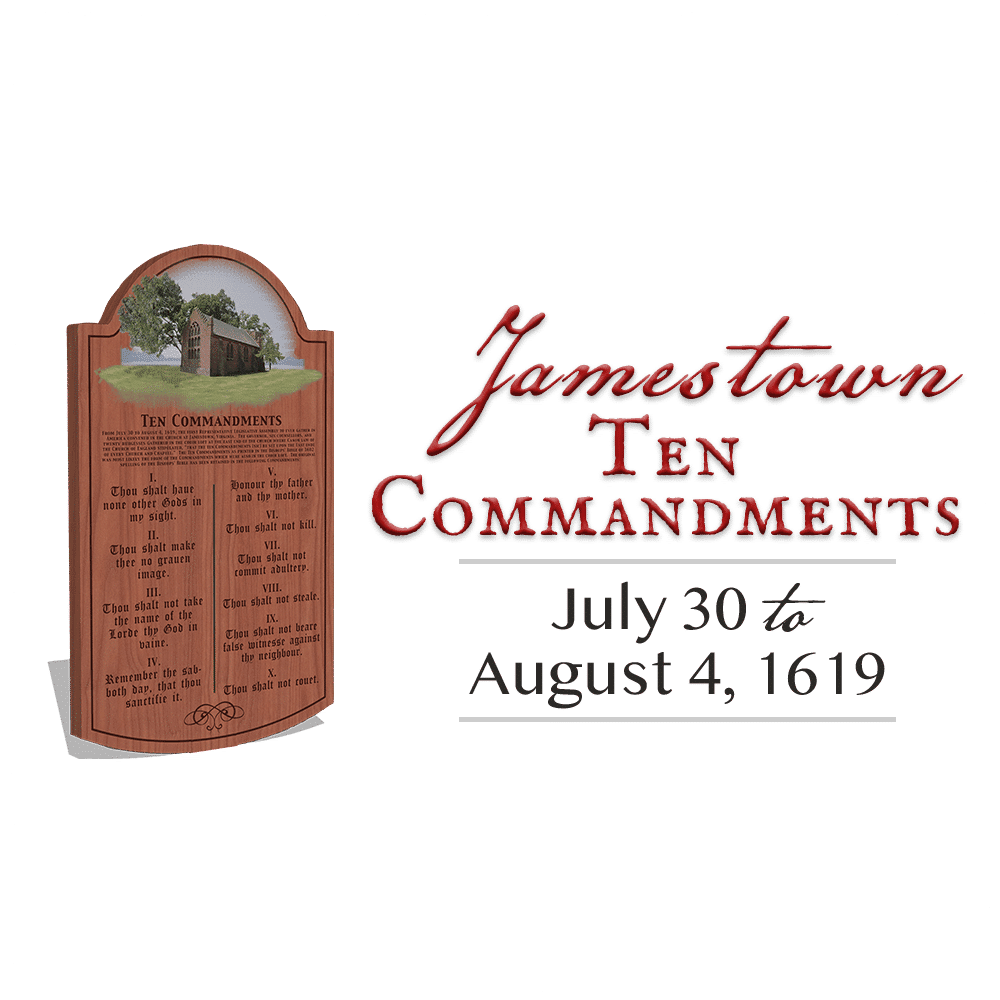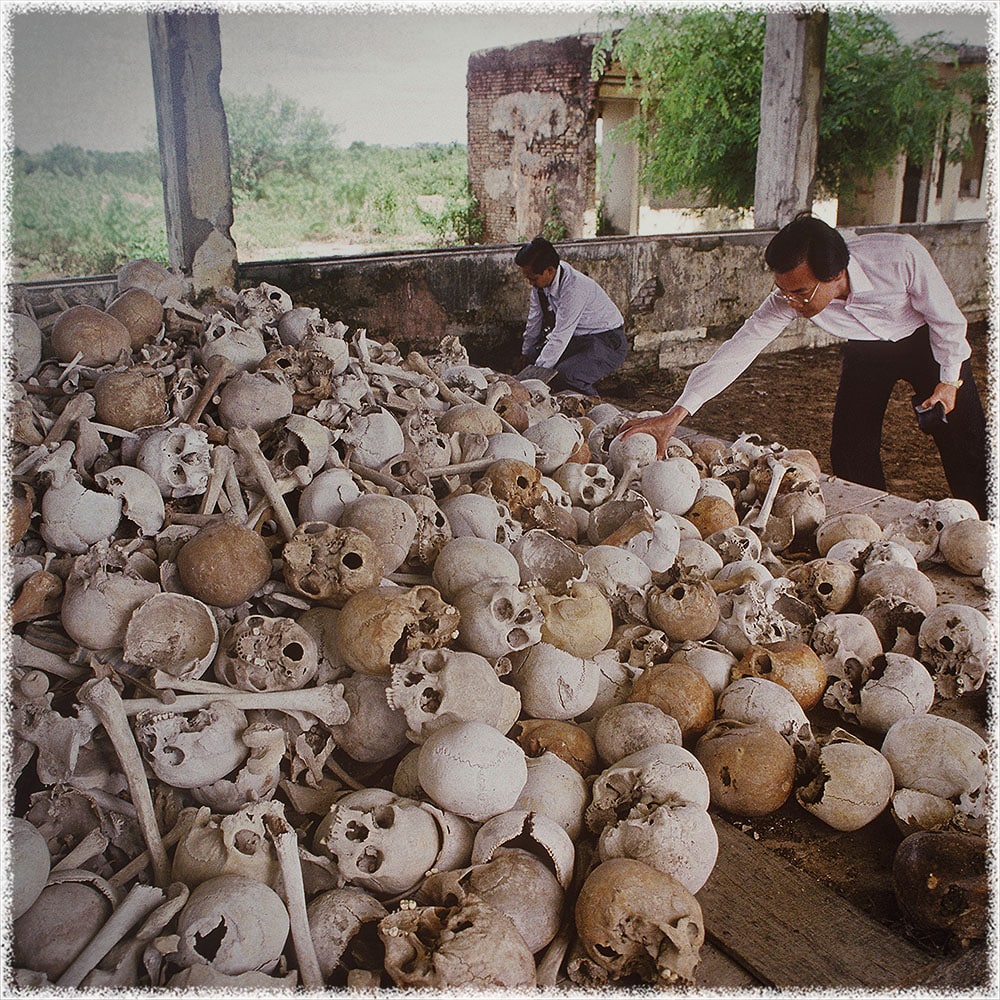The life and ministry of the Apostle John, son of Zebedee, is observed annually on December 27 by Christians in the West. St. John was distinguished as a prophet, an apostle, and an evangelist. He is known as the beloved disciple or "the disciple whom Jesus loved," and was the younger brother of James the Great. The two brothers, and sons of Zebedee, were known as the "sons of thunder." John was previously a disciple of John the Baptist, and after becoming a disciple of Jesus was not only one of the Twelve Apostles, but one of the three members of the inner circle chosen by Jesus from among the Twelve. With these three, Peter, James and John, Christ communicated his teachings more explicitly.
Church tradition points to the town of Bethsaida as the place of John's birth. His mother, Salome (Mark 16:1; Matthew 20:20), was a devoted follower of Jesus (Mark 15:40). As was true of the other Apostles, John was known by other names, including John the Evangelist, John of Patmos, and the Beloved Disciple.
The pastors and Christian leaders who assumed leadership of the Christian Church attributed five books of the New Testament to John. They include the Gospel of John, three Epistles of John (I John, II John, and III John), and the Book of Revelation. Particularly in I John, the Apostle assumes the role of polemicist to defend against the rising heresy of Gnosticism that denied that Jesus was truly and fully God.
For nearly thirty years following the resurrection of Jesus, John's ministry as an apostle is in harmony with his character—quiet and retiring. Following the death, resurrection and ascension of Christ, John occupied no prominent official position in the Church. Without Paul's mention of him in Galatians 2:9, we would not have known he was held in esteem by the Church at Jerusalem. In the earliest days of the Church in Jerusalem, he is found in the company of Peter (Acts 4), but it is the Apostle Peter who acts as the spokesman. Later, at the Council of Jerusalem (ca. 50 AD), it is Peter and James (brother of Jesus)—not John—who are the prominent leaders, and by 58 AD, James and the presbyters or elders are left alone to guide the Church of Jerusalem (Acts 21:18). From all indication, all the Apostles had scattered to various parts of the world with the Gospel.
The testimony of the early Church Fathers agrees that John had left Jerusalem and had taken up residence in Ephesus, from where he presided over the churches of Asia Minor (modern-day Turkey). Early Christian leader, Clement of Alexandria, suggested that John left Jerusalem twelve years after the resurrection of Christ.[1] However, the Apostle Paul did not mention John in his Epistle to the Ephesians or in his farewell to the Ephesian elders from Miletus (Acts 20:17), and for these reason, it is unlikely that John made Ephesus his home long before Paul's death (ca. 64) or there would have been some reference to him. Early Church Father, Irenaeus, states that John lived in Ephesus until the times of Trajan. This information provided by Irenaeus bears considerable weight because Irenaeus' teacher, Polycarp, had been a pupil of St. John's while the Apostle resided at Ephesus. John is believed to have established churches in Asia Minor at Smyrna, Pergamos, Sardis, Philadelphia, Laodicea, and Thyatira, to which he addresses his book of Revelation.
While at Ephesus, he was ordered by the emperor Domitian to be sent bound to Rome, where he was condemned to be cast into a caldron of boiling oil. But when he was thrown into the oil, he was unharmed, but having endured this attempt upon his life is counted among the martyrs of the Church though he experienced a natural death. Domitian, not being able to put him to death, banished him to Patmos to labor there in the mines. Irenaeus and other Church Fathers unanimously agree that the Apostle John was banished to the island of Patmos, though the date of John's banishment is disputed. Irenaeus to the reign of Domitian while Jerome assigns it specifically to the fourteenth year of his reign.[2] John was permitted to return to Ephesus the following year under the reign of Emperor Nerva.
As is true for many of the other Apostles, the exact date and circumstances surrounding the death of the Apostle John are not known. Dates for his death ranged from 89 to 120.
Early Church writers relate an anecdote of the life of John, the veracity of which cannot be determined and is most likely without historical foundation. It is alleged that John was challenged to drink a chalice of poison by Aristodemos, priest of Diana and was unharmed. For this reason John was given the apostolic symbol of a cup with a winged serpent or snake arising out of it. The Roman Catholic tradition teaches that John made the sign of a cross on the cup, and Satan, in the form of a dragon, flew from it, and John then drank the cup without harm.
America deserves to know its true heritage.
Please contribute today!
[2] Another tradition assigns it to the reign of Nero in 68.

